Huong Tich Cave
Description
The entrance to the enormous and mysterious fragrant pagoda and Huong Tich cave resembles the jaws of a dragon and is adorned with ancient Chinese characters. In this dripstone cavern stands the Chua Huong Tich, also known as the Perfume Pagoda. In 1575, construction was initiated. In the sanctuary are statues of the bodhisattva Avalokiteshvara and the goddess of compassion, Quan Am. The Tay-Son rebels stole the bronze statue of the goddess that had been installed in the temple in 1767 and melted it down into weapons shortly thereafter. The current stone statue dates back to 1793.
Inside is a pagoda named Huong Tich Pagoda. From Giai Oan pagoda, travelers must travel 2.5 kilometers to reach Huong Tich cave. Numerous portions of the route are sinuous, steep, and difficult. The slope is steeper the closer it comes to the cave. Visitors arriving to the uppermost stone case would witness Huong Tich, a massive, deep dome resembling the jaw of a dragon. The upper portion bears five large inscriptions left by the Trinh Sam Lord: South’s most magnificent cave.
Crossing the entrance and descending 120 stone stairs leads to the cave’s interior. There is a stalactite known as rice hill in the middle portion. There is a route to paradise and a route to hell if one delves a little deeper. There are numerous names for stalactites of various sizes and shapes in the cave. In addition to these natural carvings, there are also artificial carving monuments. The most valuable is the statue of Avalokitevara sculpted from green marble during the period of Tay Son.
Huong Tich resembled a large, balanced dragon’s jaw on all sides. The stalactite with the name Dun Gao in the middle of the entryway appears to be the dragon’s tongue and mouth. The throat of the dragon would be found deeper. In the cave, stalactites hang from the ceiling and the floor, along with several real-world things. These include a sow, her piglets, a pomelo, etc.
Huong Tich is now the most revered location for Buddha at Huong pagoda. To attend the Huong pagoda festival, you must visit this cave. There are numerous valuable statues, most notably the statue of Avalokitevara in green marble, which dates back to 1793. The official named Nguyen Huy Nhat created it. During the festival season of the first lunar month, Huong Tich cave is constantly filled with fragrant incense and the voices of pilgrims.
Gallery / Photos
Working Hours
- Monday Open all day
- Tuesday Open all day
- Wednesday Open all day
- Thursday Open all day
- Friday Open all day
- Saturday Open all day
- Sunday Open all day
Location / Contacts
Similar Listings
Nearby Hotels
Nearby Restaurants
-
Spices Taste of India
Distance: 44.27 km



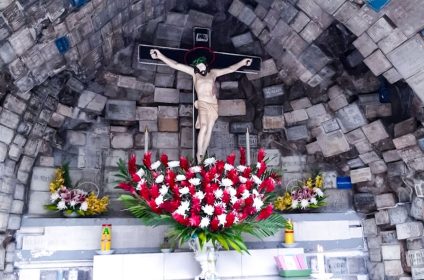
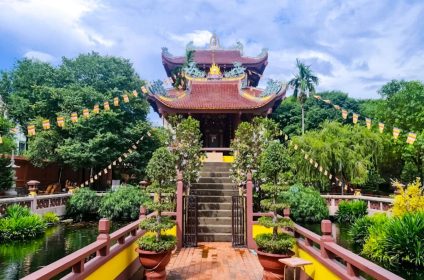
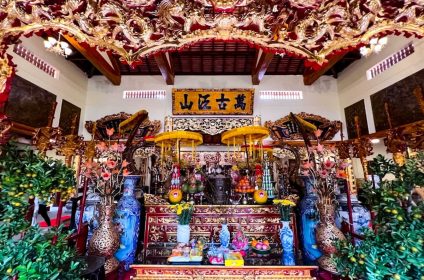
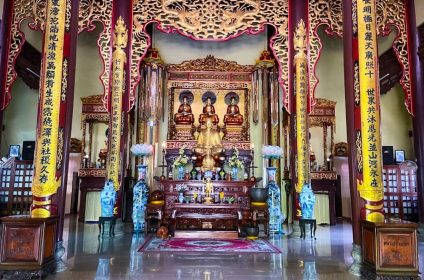
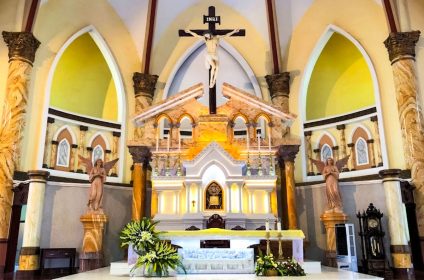










Add Review